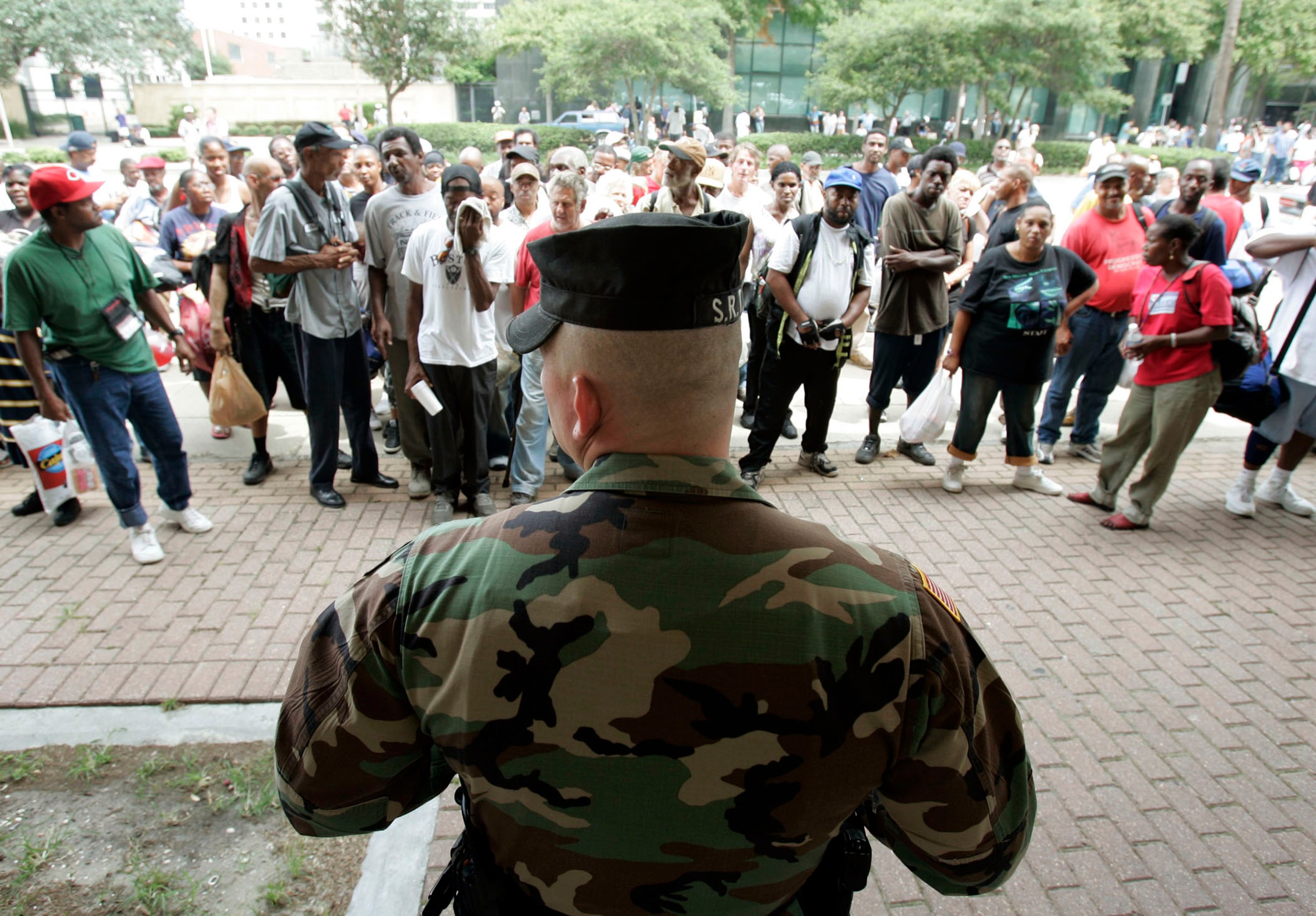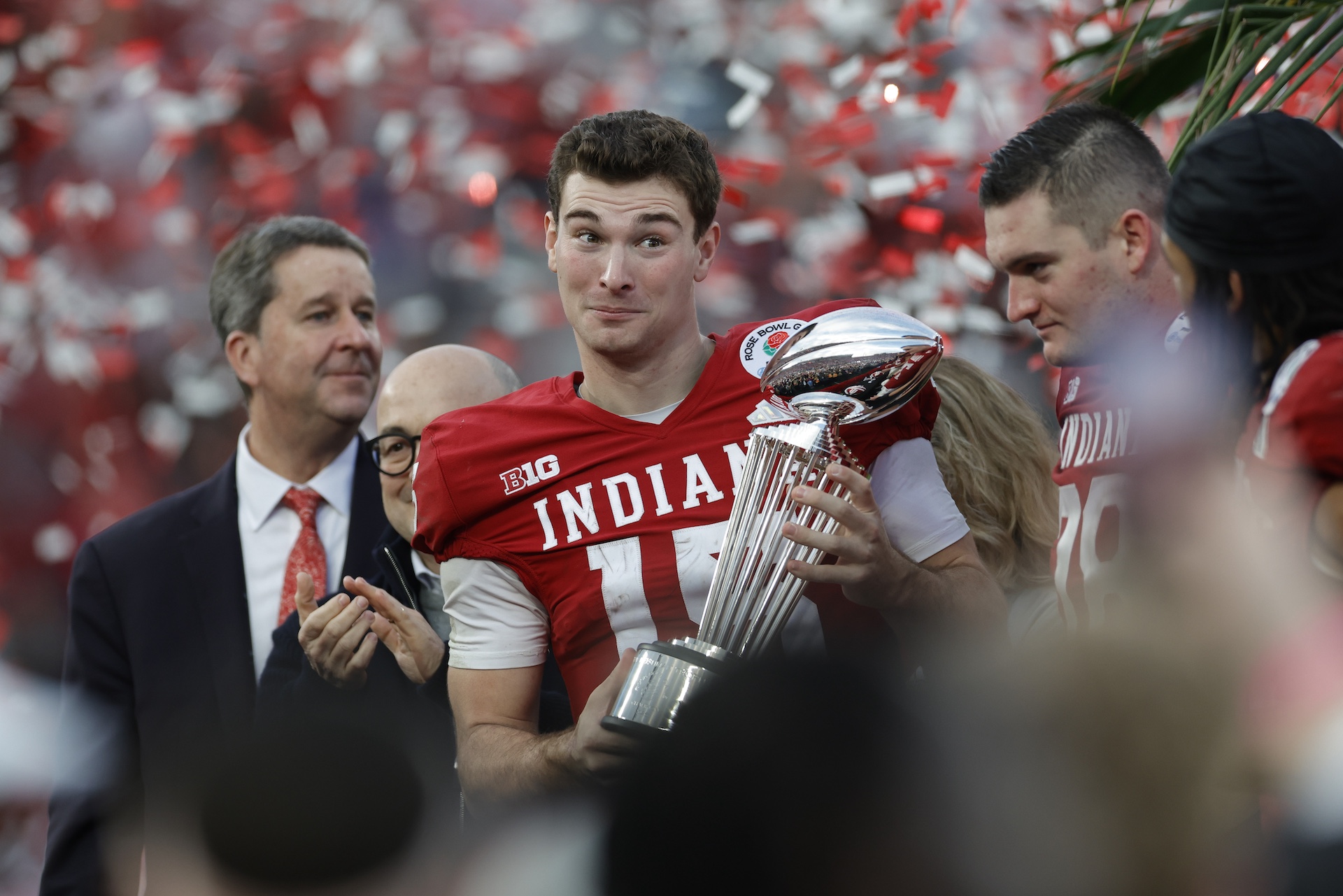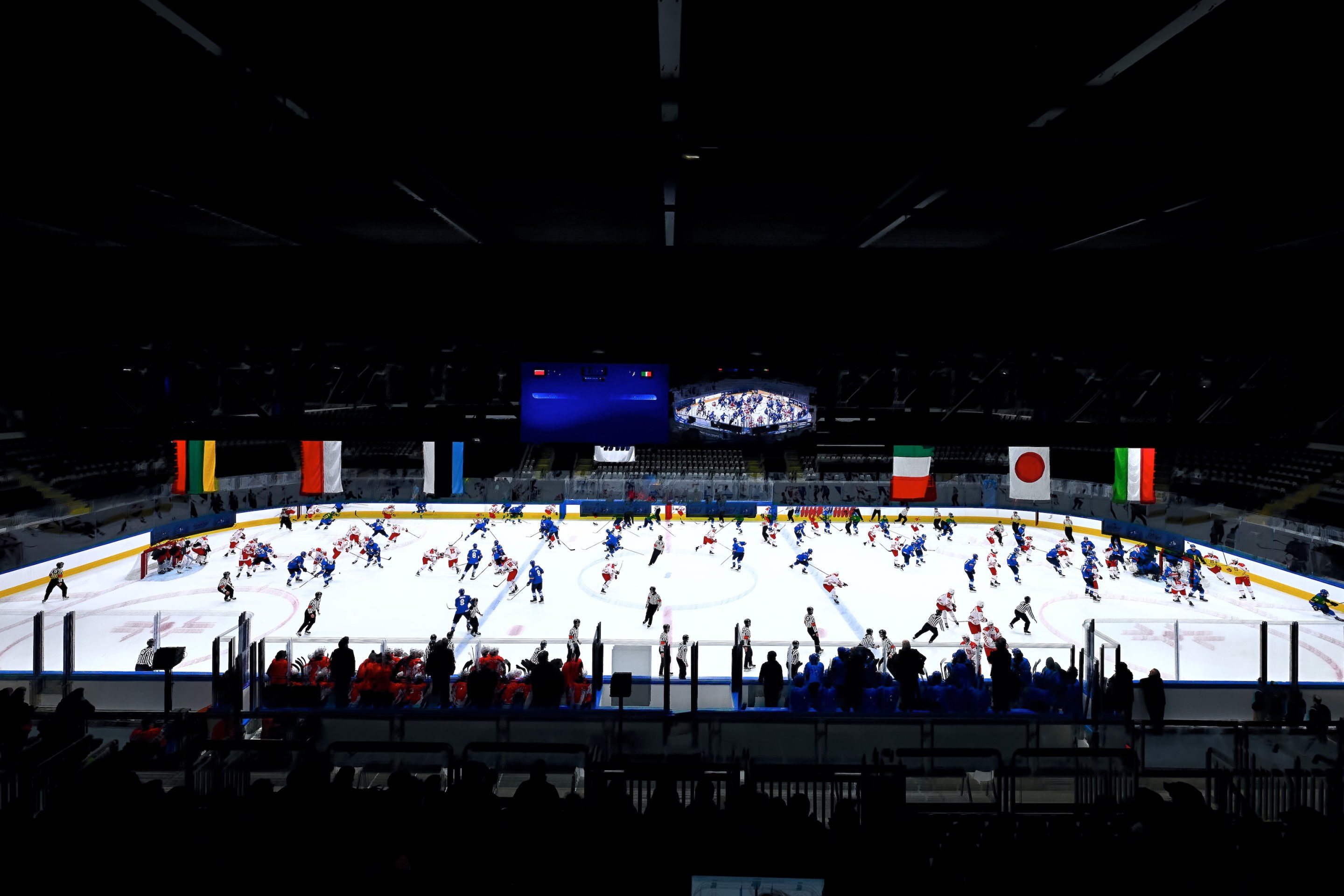When an acclaimed director has a new movie out, I always like to revisit their previous work in the lead-up to the new one. In preparation for Highest 2 Lowest, the latest Spike Lee Joint, I rewatched a few of his earlier movies, including his sweeping 2006 documentary about Hurricane Katrina, When the Levees Broke. More than any other event of the 21st century—including 9/11 and the 2008 financial crisis—Katrina is the catastrophe that best illuminates the dark path that has led us to 2025. To this day, no one can pin down exactly who or what was to blame for the disaster and its even more disastrous response; the failure was total and multilayered. And, as Lee's documentary made plain, it was the moment when Americans realized that their country was capable of fully abandoning them, even in their time of greatest need.
When the Levees Broke captures New Orleans when the wound of Katrina is still fresh. The floods are gone, but the devastation is still evident—and would be for some time. In 2009, I took a community service trip to the city as part of a college group. We toured some of the many vacant homes left behind by Katrina, saw propped up against ruined buildings boards that bore scribblings like "SOS," and numbers that denoted how many dead bodies were inside, and listened to the horror stories of our guides as they explained what the city felt like in the ensuing months. When you grow up in hurricane country, people treat you like you're stupid. They project their privilege onto you and wonder why you can't just pack up and leave; they plant the seeds for why they don't have to feel bad about what happens to you. But to abandon these places and uproot entire family histories in some cases is easier said than done. Lee's documentary demonstrates his greatest artistic skill: His ability to bring together the personal and the political. The movie evokes the history of the city in all its beauty and ugliness. It includes firsthand accounts from storm survivors, politicians tasked with leading the city through it, political commentators of the day, as well as musicians, artists, and legacy New Orleanians who watched the city they loved drown. Conspicuously absent were the voices of anyone from FEMA or then-President George W. Bush's administration, though of course the government's role in the disaster plays a central role in Lee's story.
Back in 2005, riding high on war fever and Middle East dysfunction, Bush could not have cared less about the prospect of a potentially devastating hurricane hitting New Orleans, and the documentary shows as much. FEMA, like Homeland Security, was larded with a bunch of cronies, guys who had no clue about or even interest in the actual responsibilities of the agency. In fact, so much of the ensuing tragedy of Katrina came down to bureaucratic malfeasance, a labyrinth of red tape and jurisdictional confusion that the stooges in charge had no idea how to navigate and no desire to figure out. Failing to adequately prepare for a natural disaster is one thing; showing such brazen, malevolent disregard for the lives of the people affected by it while it's underway is another. It got to the point that it was hard to find much fault with those who bought into the conspiracies that the whole thing might have been orchestrated.
To that end, there are people who to this day believe that shady actors intentionally blew up the levees during the storm in order to steer the hurricane's damage away from the haves and toward the have-nots. In the documentary, Lee includes both perspectives on that particular theory, doing so in a way that validates the feelings of the conspiratorial while ultimately siding with the more straightforward explanation. Like any other conspiracy theory, there are kernels of truth to be found in it; when coupled with feelings of profound grief and disillusionment, you can see how someone could be convinced that the disaster wasn't purely natural. As the documentary mentions, this kind of thinking isn't new. A longstanding New Orleans conspiracy holds that, during 1965's Hurricane Betsy, the levees protecting the city were strategically destroyed so that the poorer, blacker neighborhoods would take the brunt of the damage, saving whiter, more prosperous areas like the French Quarter. While there has never been proof that anything like that actually happened either during Betsy or Katrina, the long shadow racism casts on American history makes even the most sensational conspiracies frighteningly plausible to a certain way of thinking. And even for non-believers, there's not much more comfort to be found in the sobering truth that cataclysmic, preventable harm often happens due to the government's sheer incompetence and negligence in matters of life and death.
Many of the realities Katrina exposed proved hard to accept—from the effective abandonment of the city's mostly poor population, to the ways in which the media glommed onto and sensationalized narratives of looting and violence in what they made out to be a modern day Sodom. I can still remember some of the more radicalizing images from back then. CNN would replay over and over clips of black people wading through waist-high water carrying TVs, implicitly and sometimes even explicitly supporting the idea that "those people" in some way deserved their fate. Police chief Eddie Compass went on national television and poured gasoline on outlandish rumors of babies being raped in the Superdome. The whiter parishes surrounding New Orleans went about putting police at the bridges into their towns to keep out the undesirables who were in desperate need of aid and resources. Media of all kinds kept referring to New Orleanians as "refugees," as if somehow their displacement from their impoverished, ghettoized neighborhoods made them no longer citizens of America. Maybe that was the first clue that this country belonged to property instead of the people.
One of the enduring lessons of Katrina was the knowledge that the country could, at the drop of a hat or the bursting of a storm cloud, convince itself that it bore no responsibility to large swathes of its population. I can't remember a time before this where I really felt that was true. This was still a time when we were shocked and horrified by things like school shootings and domestic terrorism. When things like that happened, it felt like the world stopped. Katrina stopped the world too, but mostly just to give the news networks time to wallow in the salaciousness of the story, treating it like an event to opine about rather than a real-time crisis in need of solutions. Indeed, beyond the hasty and disorganized transferring of New Orleanians to new cities, there was never a true relief effort made. If you got a decent FEMA check, you must've been personally blessed by God, and the insurance companies showed how adept they are at avoiding paying out anything from what we all pay so much into.
When I watch When the Levees Broke, it is hard not to notice the stray threads that have been weaved into something coherent and terrible today. National Guard troops sent in to protect storefronts from looting wouldn't get top coverage in newspapers today, as it has now become commonplace to see the National Guard deployed into blue cities to curb "crime," principally defined as not voting for Trump enough. When floods ravaged Central Texas, an area that voted overwhelmingly for Trump, FEMA's response would've made former director Michael D. Brown look like Mother Teresa. Trump, who had ensured FEMA's bankruptcy by siccing Elon Musk's DOGE on it, had to pretend that there was nothing to be done to help the area. It was the same story for California during the wildfires, and it will continue through the coming natural disasters, which will only grow more deadly and more frequent now that the U.S. government's official position is that climate change is a hoax. One common thread between Bush's administration and Trump's is the arrogance of power and the casual indifference to actual people. America is no longer in the business of helping Americans, whether in times of calm or times of chaos. Nothing can get in the way of the wealthiest among us wringing the nation dry. The rest of us are left to fight for scraps and deal with the resulting stress and trauma.
That's what lingers most from Lee's portrait of a city in recovery: the freshness of the anger, pain, and dejection. People love stories about neighbors banding together and saving each other, and there are some beautiful ones in the documentary. But there are just as many that tell of the way neighbors turned on each other, of the ugliness the storm brought out in a city rife with racial disharmony.
In the ensuing 20 years, it can feel like much of New Orleans was paved over in an effort to bring in a new kind of population. The poor got poorer, while gentrification kicked more and more of them out of the city altogether. Corporations salivate at the opportunities that these tragedies create for them to amass more property. Even now, the violence by Israel on Gaza and Palestinians has Trump and others dreaming of the opportunity to turn the Middle East into the next Turks and Caicos. While it is obvious that this administration doesn't believe in environmentalism or climate change, it is also clear that they see any possible weather-related destruction as a net positive for their plans to remake the country in many ways. But hell, much like with domestic terrorism, they don't even need the excuse of weather-related devastation; they can just do it themselves with their standing army and the Supreme Court, with the feckless opposition party offering only token resistance. Ripping people from their homes, separating families, taking over institutions and property. The government is its own hurricane now.
The main feeling I was left with after watching Lee's empathetic and maddening documentary is that we've become too desensitized now for anything like this to have the same effect on people. Years of tragedies and conflicts and trauma like this have made for a nihilistic populace living in a manufactured conspiracy thriller. The only comfort is that people are still mad enough to take to the streets in protest, but it's not enough when the actual levers of power have been so successfully insulated from almost any kind of popular influence.
If there's anything the last 20 years have taught me, it is that there is nothing cinematic about the dystopia. It's plain and dull and mostly happening on our precious screens, and by the time you notice it in your community it is far too late. This country and its social contract can fall apart with a quickness, and when it does, remember: There's no one coming to the rescue.






